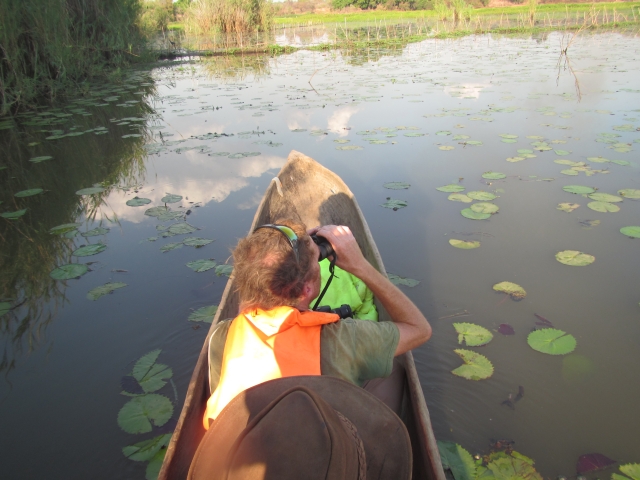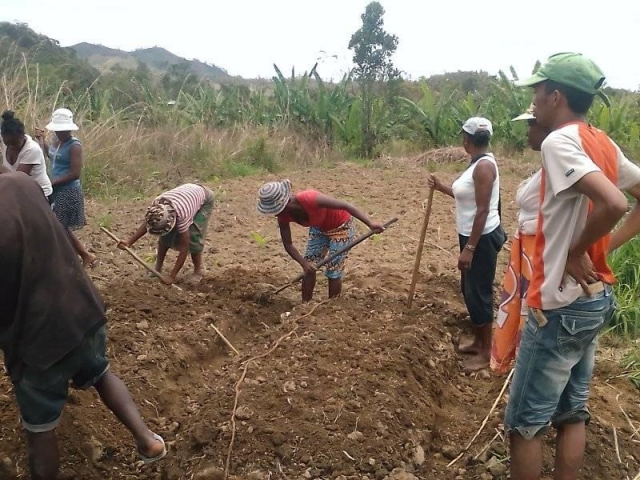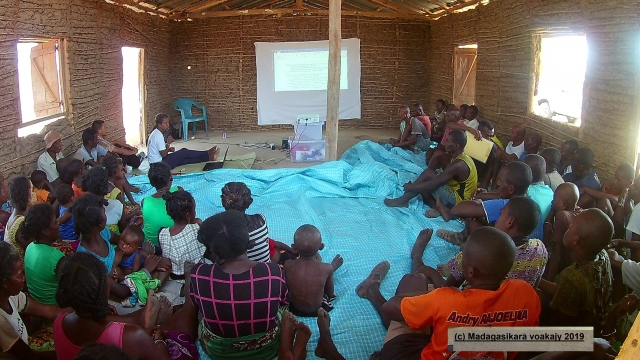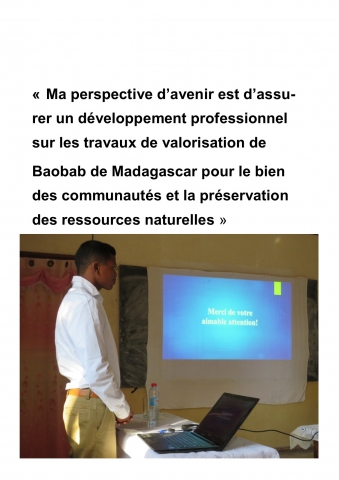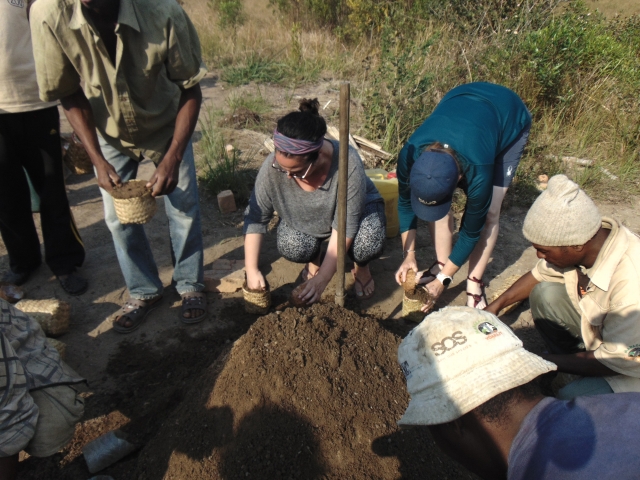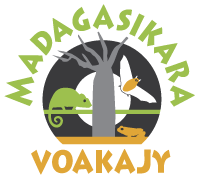ACTIVITÉ DE RECHERCHE DE MADAGASIKARA VOAKAJY DANS LA LAC TSENY
Dans le cadre des activités de recherche sur « Paretroplus menarambo » dans le Lac Tseny, Commune rurale de Tsaratanana, District Port- Bergé, Région Sofia, Madagasikara Voakajy en partenariat avec WWT (Wildfowl and Wetland Trust) a organisé une visite pour évaluer l’état écologique du lac afin de trouver une zone potentielle sur laquelle les deux institutions pourront travailler ensemble. Cette visite a été suivie par une réunion communautaire dans le village d’Ambario, Fokontany Tsaratanana, dans le but de trouver un moyen efficace pour gérer durablement les ressources halieutiques. La réunion a été assistée par le Chef Fokontany, les Tangalamena, les Leaders de coopérative, les pêcheurs réglementés et les communautés locales.
